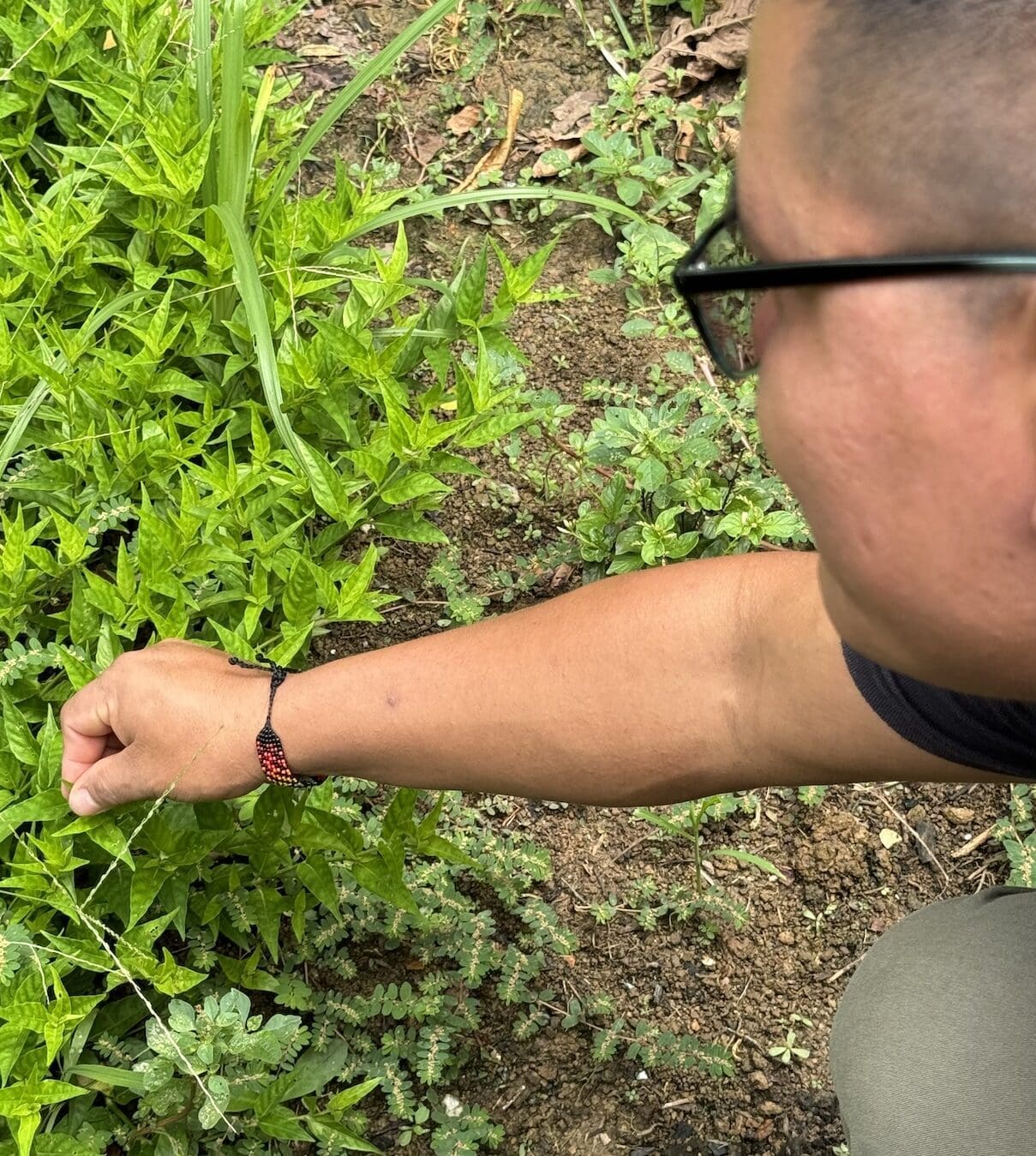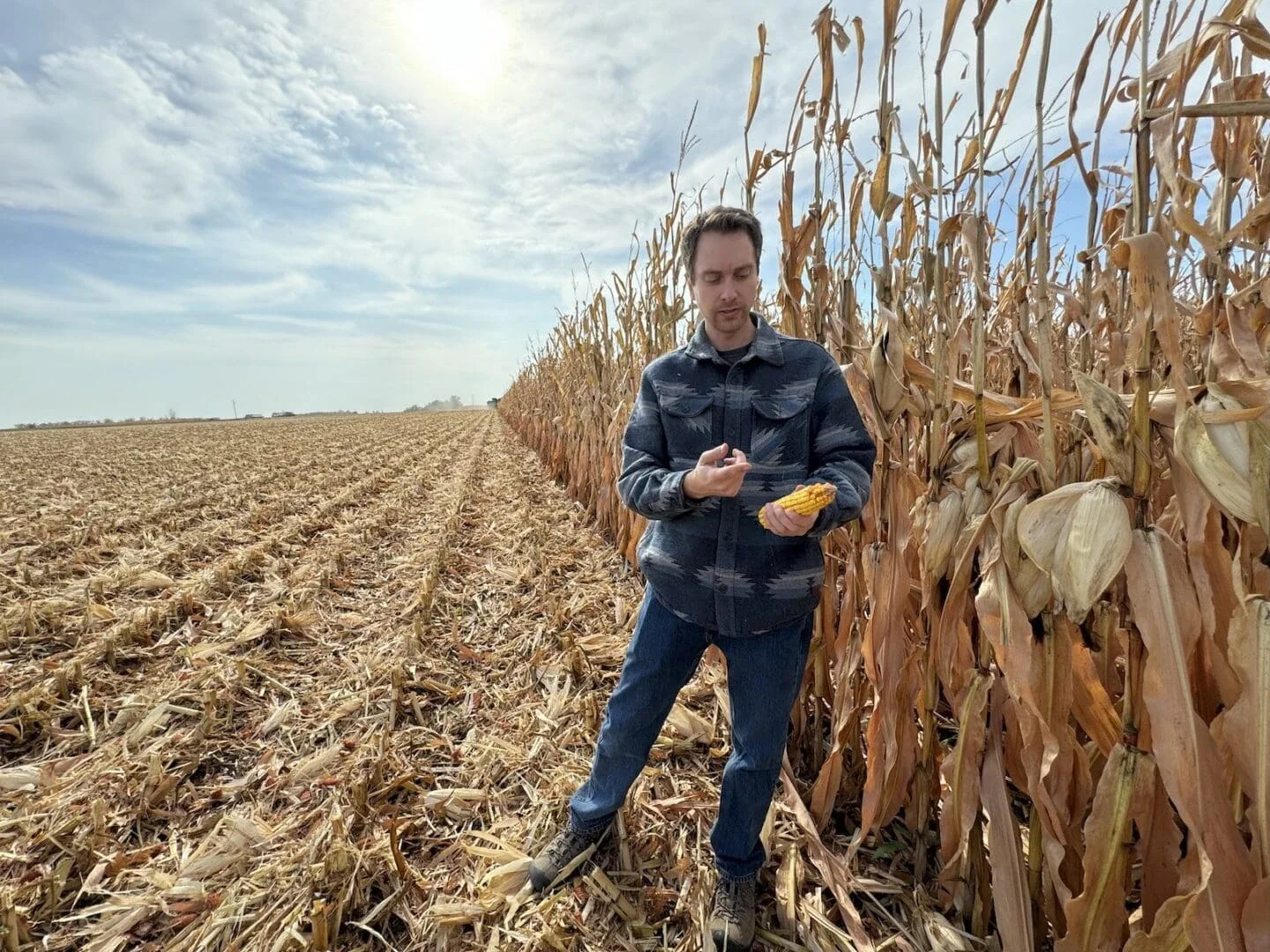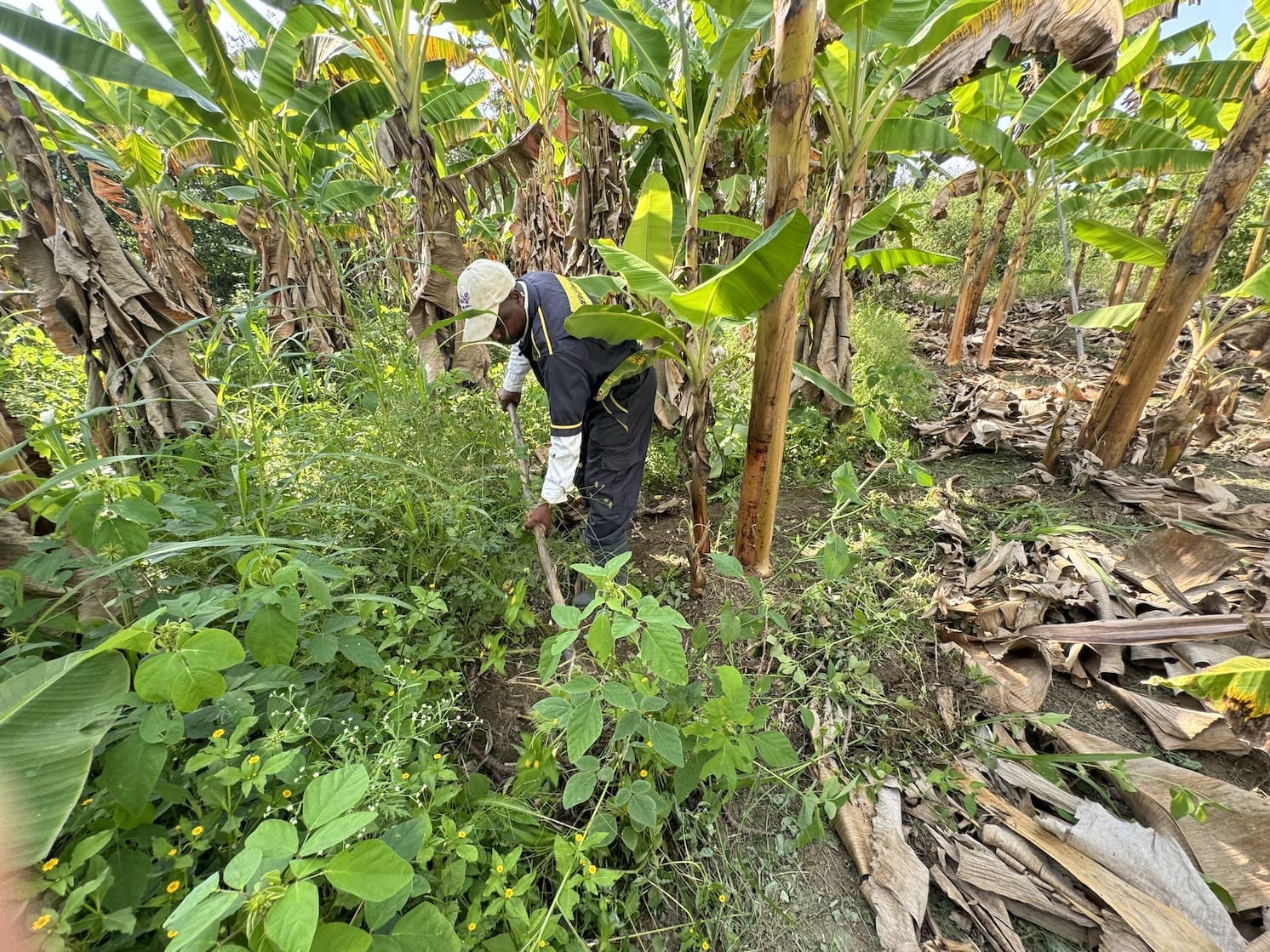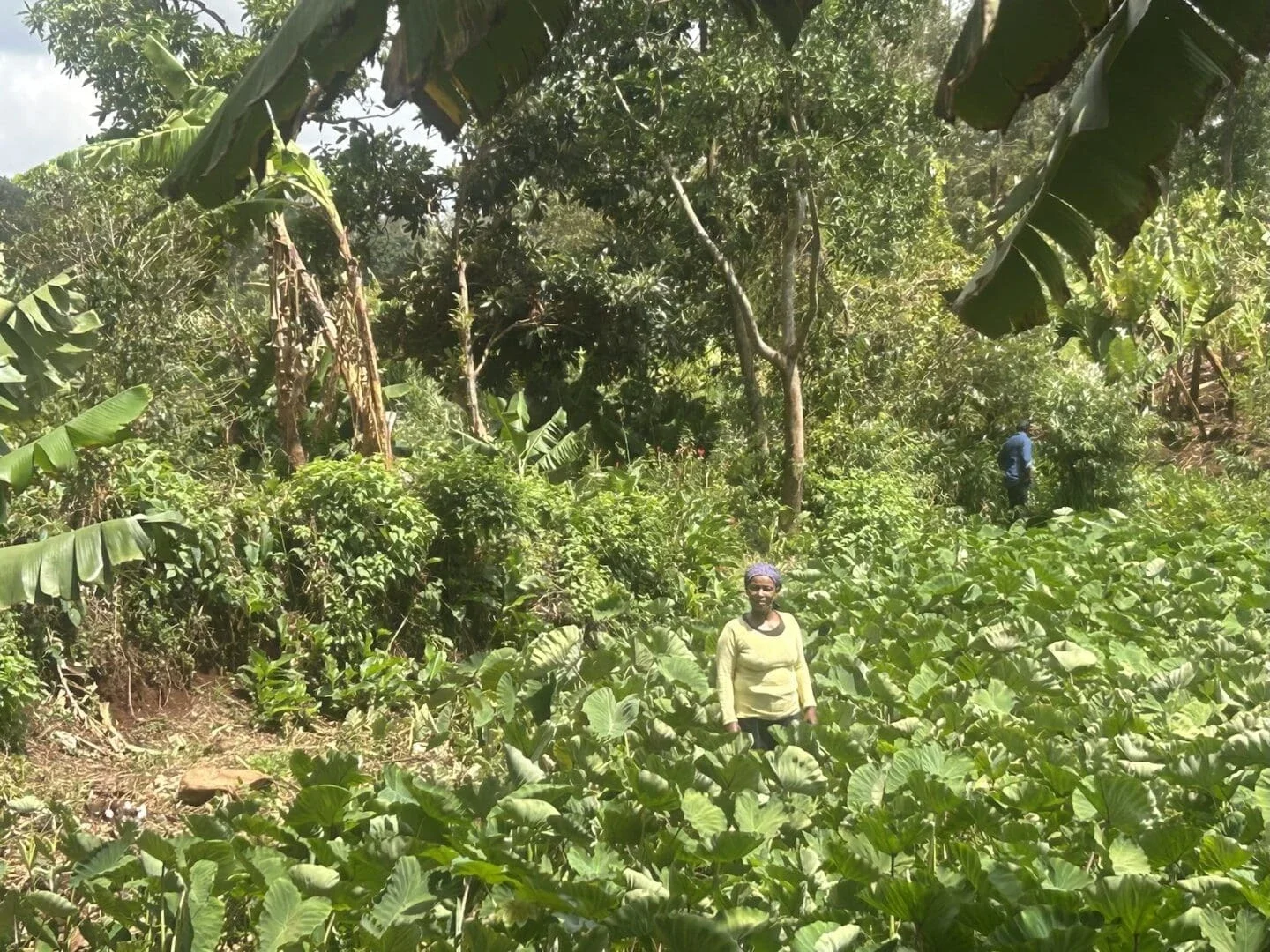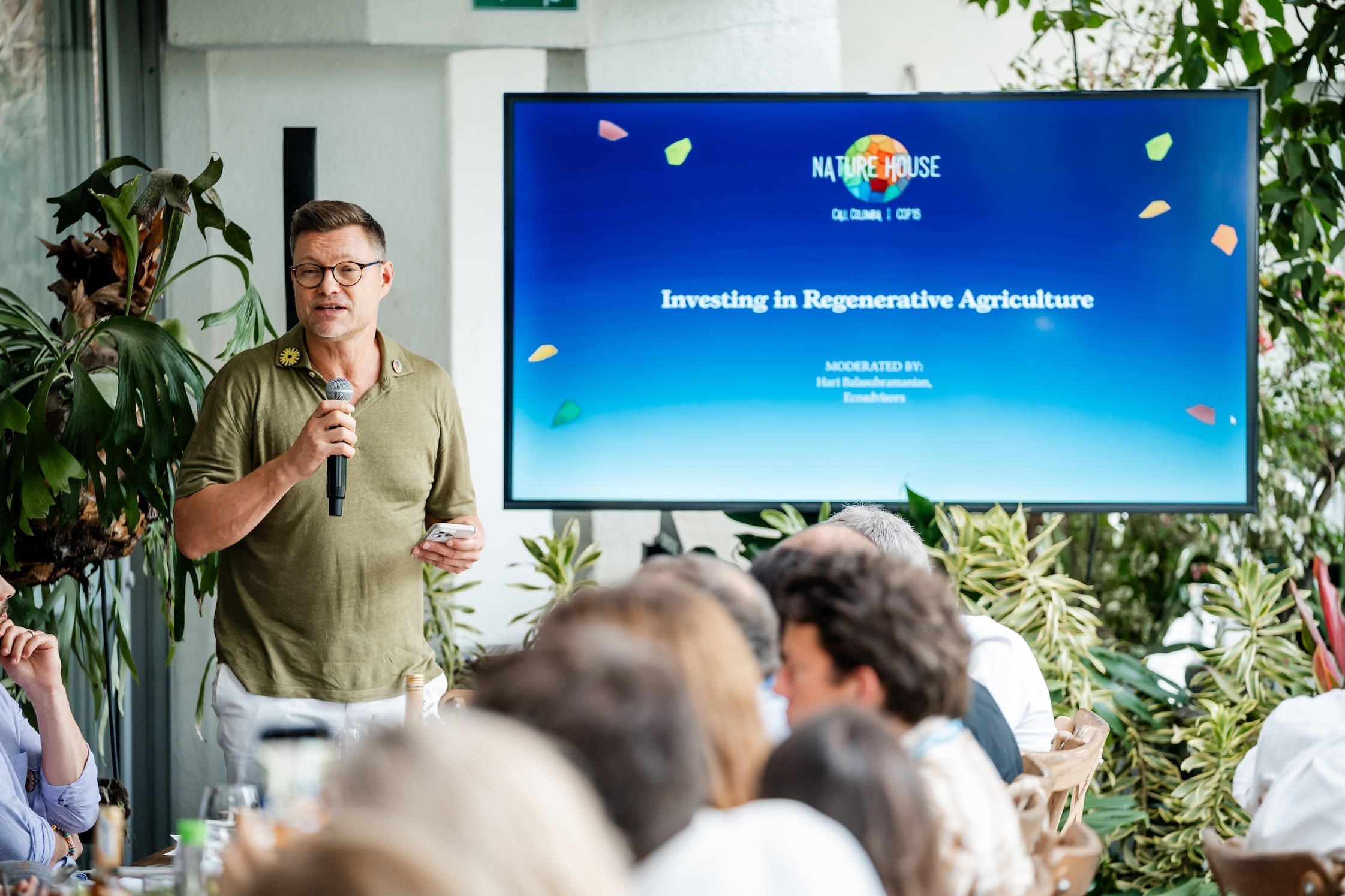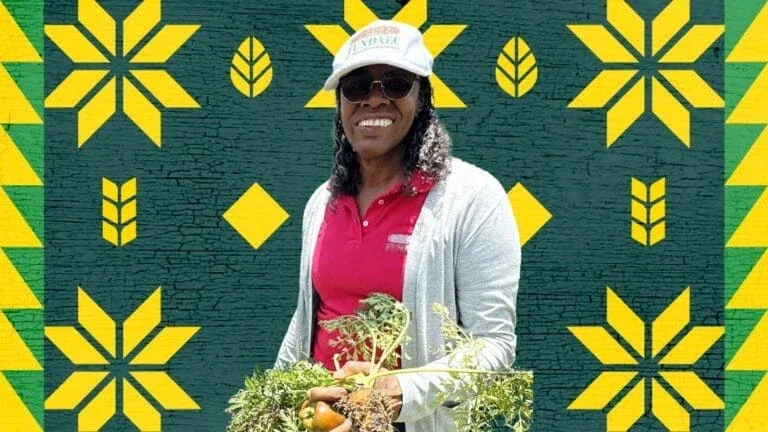Our global economy, as well as human health and well-being, depends on the actions we take now to address biodiversity.
5 Nature-Based Solution Drivers
- •Corporate net-zero commitments, influenced by rapidly changing attitudes of customers, investors, and employees.
- •Translation of these commitments into rising corporate demand for carbon and biodiversity credits, as one means of corporate achieving net-zero goals.
- •Investor demand for projects generating such credits, providing an additional market signal to unlock the development of nature-based projects.
- •More robust carbon pricing to further stimulate corporate and investor appetite for nature-based solutions.
- •Accounting for nature impacts through some level of nature-based disclosures as suggested by the Taskforce on Nature-Related Financial Disclosures.
The climate crisis and biodiversity loss are intrinsically linked and mutually reinforcing crises. They must be approached in tandem, and urgently. We will be working for progress at the Biodiversity COP, and beyond.
More in this Matter of Impact Edition
Pioneering Pathways in Climate Finance
This edition of Matter of Impact spotlights innovative financial strategies driving a resilient, equitable shift toward sustainable energy worldwide.
Read MoreA New Generation Cultivates Tomorrow with Sustainable Farming
The food system today contributes 25 percent of all global greenhouse gas emissions. Mad Capital brings individually tailored financing to help farmers make the transition to regenerative practices.
Read More- FEATURE
A Crucial Lifeline From the World Bank
A look at the World Bank's concessional lending arm and how it helps drive growth in climate vulnerable nations.
SEE MORE
